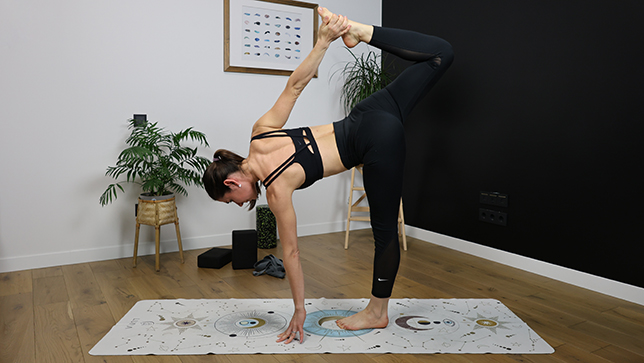
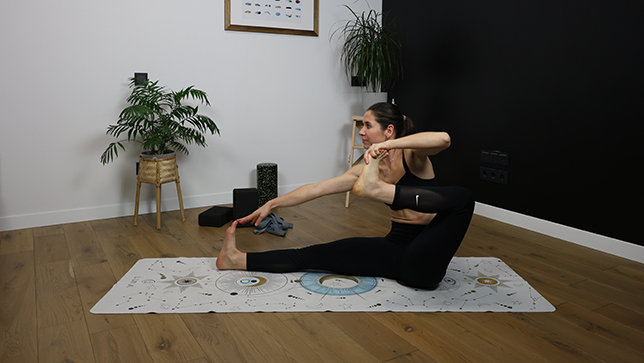
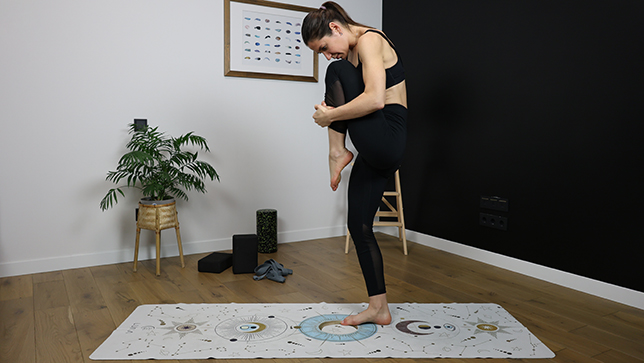
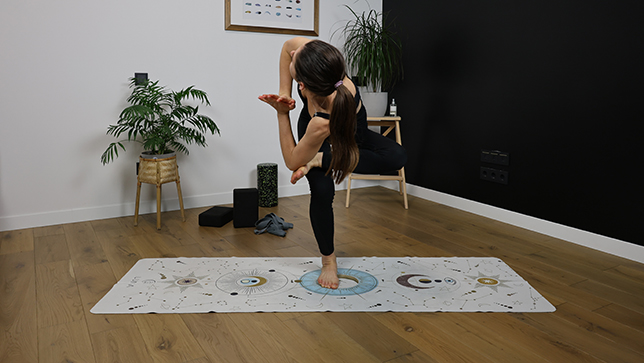
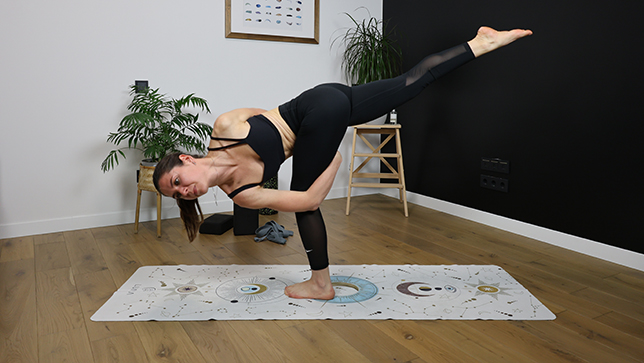
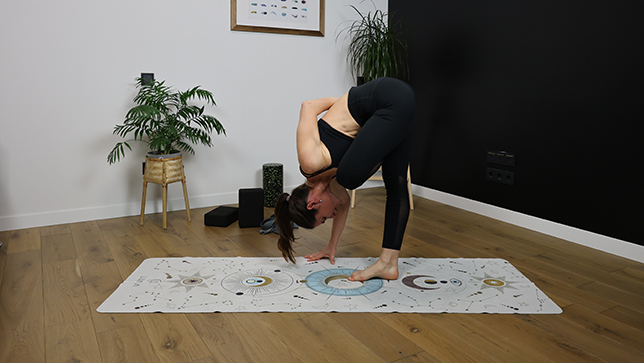
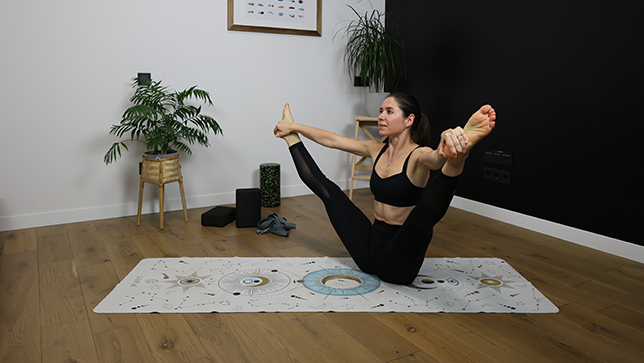
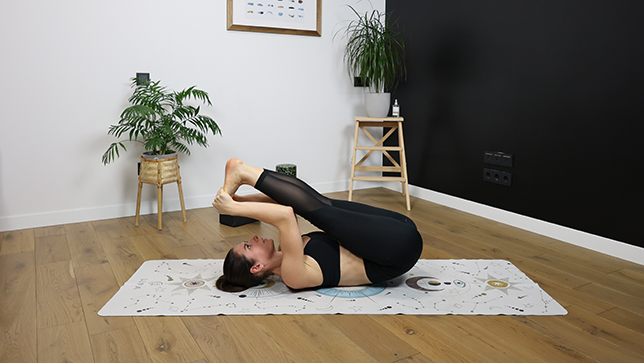
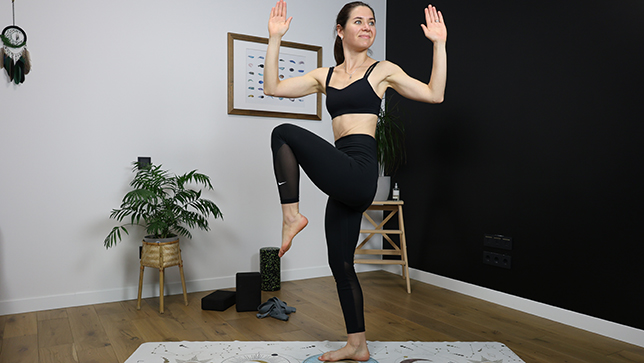
Yoga balancing poses are a group of yoga asanas (postures) that challenge and improve a practitioner's sense of balance and stability. These poses require focus, concentration, and engagement of various muscle groups to maintain equilibrium. Balancing poses are not only beneficial for physical strength and coordination but also for mental focus and mindfulness.









There are various types of balancing yoga poses that challenge different aspects of stability and coordination. Some of the common types of balancing poses include:
Each of these types of balancing poses demands a combination of strength, flexibility, focus, and breath control. They offer numerous physical benefits, including improved core strength, increased leg and arm strength, enhanced balance, and improved overall body awareness. Moreover, practicing balancing poses can cultivate mental focus, mindfulness, and a sense of inner calm.
As with any yoga practice, it’s essential to approach balancing poses with patience and acceptance. Some poses may come more easily, while others may require more practice and effort. It’s also important to listen to your body, modify poses as needed, and seek guidance from a qualified yoga instructor if you are new to balancing poses or have any specific health concerns. Regular practice and gradual progress will help you develop and refine your ability to balance in these challenging postures.
Enhanced Core Strength: Regular practice strengthens the abdominal muscles, lower back, and pelvic floor, promoting better posture and reducing the risk of lower back pain.
Improved Balance and Coordination: Balancing poses challenge your sense of balance and proprioception, improving your ability to stay steady on your feet and enhancing overall coordination.
Increased Mental Focus: The focus required during practice can alleviate stress and improve cognitive function.
Strengthened Muscles: Many balancing poses target the legs, arms, and shoulders, promoting muscular endurance and building physical strength.
Mind-Body Connection:As you align breath and movement, you cultivate a greater sense of body awareness and emotional balance.
High Blood Pressure: Balancing poses that involve inversions or placing the head below the heart, such as headstand (Sirsasana) or handstand (Adho Mukha Vrksasana), can increase blood pressure in the head and neck.
Neck or Spinal Issues: Balancing poses that require bearing weight on the head or neck, like headstand or shoulder stand (Sarvangasana), can put undue stress on these areas.
Pregnancy: Pregnant women should approach balancing poses with caution, especially those that involve standing on one leg or practicing inversions.